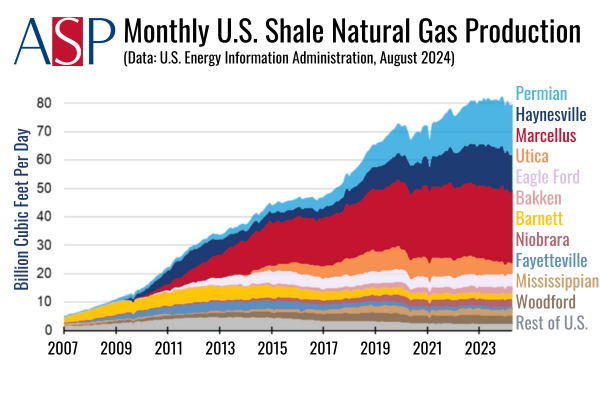While the United States was a source for only 3 percent of China’s inbound natural gas last year, the ongoing trade hostilities could stand to reduce this already-small percentage to nothing. One of the significant players in this dynamic is a liquefied natural gas facility positioned in Port Arthur, Texas. It must be noted that Chinese energy entities have previously shown robust interest in L.N.G from the U.S, but lately, these firms seem to have pivoted to Europe as a preferred market.
Recently, China has effectively halted its imports of liquefied natural gas originating from the United States. This decision came to light following a 15 percent tariff imposition on U.S L.N.G consignments as of February 10, as evidenced by relevant maritime data. It appears to be an extant indication of Beijing’s ongoing efforts to progressively decouple from the U.S economy, now impacting the energy sector as well.
Curiously, there had already been a pronounced dip in China’s imports of L.N.G. from the U.S. This was observed in the November-January quarter, as reported by the Chinese customs department. In a strategic shift, the Asian giant has selectively increased its acquisition of L.N.G from Russia.
It’s worth noting that Russia’s L.N.G. supply to China quadrupled in the last year compared to the U.S. It was during this time that Beijing decided on a punitive tariff on American fossil fuels. This was a countermeasure in response to the initial 10 percent tariffs instituted by President Trump on various Chinese goods.
At the material time of the tariff announcement, merely two L.N.G cargo vessels were en route from the United States to China. After the tariffs kicked in, one vessel was able to dock and offload its cargo in China while the other chose Bangladesh as its alternative port. This interesting turn of events was reported by Kpler, a Belgian enterprise that specializes in tracking energy data.
In an unexpected result of geopolitical tensions, Europe has distanced itself from Russian natural gas following the country’s invasion of Ukraine in 2022. This has led to an abundance of Russian gas available at bargain price points. Meanwhile, European companies have been constrained to pay a premium for gas sourced from other regions, including the U.S.
This impacts the Chinese market by offering a lucrative alternative to American L.N.G. Chinese electric utility companies have taken advantage of this situation, swapping their more expensive U.S-origin gas for the more economically priced Russian supply. It’s a move that lines up perfectly with the new trade dynamics and the boycott of Russian gas by European nations.
Before the current tariffs came into play, Chinese energy companies had been actively purchasing the U.S.’s L.N.G., but it had been making a relatively small journey back to China. This reduced volume of imported gas from the U.S to China might not be the result of the newly imposed tariffs alone, it points to a trend that has been ongoing.
Instead, it appears that these companies were repacking their American-sourced purchases for the European market right from the U.S ports. This reorientation towards Europe suggests a combination of factors – strategic, economic, and political – might be at play, leading to the decrease in U.S L.N.G imports while not dampening China’s overall activity in the global L.N.G market.
Thus, the reshaping of international trade relations, manifested in the form of tariffs and retaliatory measures, is having profound effects on the energy sector. Complex maneuvers, like changing source countries for L.N.G imports, indicate that energy trade is becoming a part of a larger geopolitical puzzle.
The implications for the U.S energy sector are far-reaching, given China’s position as a global economic powerhouse and their previous status as a burgeoning market for American L.N.G. exports. But with China shifting its gaze to Russia and Europe, the future of U.S’s L.N.G trade with China hangs in a delicate balance.
Going forward, observers will keep an eye on the further interactions between economic forces and political decisions, and their impact on global energy trade. A keen focus will be on how China continues to manipulate its energy policy in response to these stimuli, as well as the reactions of other major players on the global stage.
It is clear that the expansive geopolitical landscape, with the intertwined trade wars, diplomatic frictions, and disruptions caused by unexpected crises like the invasion of Ukraine, is reshaping the targeted strategies of countries and companies in the global liquefied natural gas sector.

